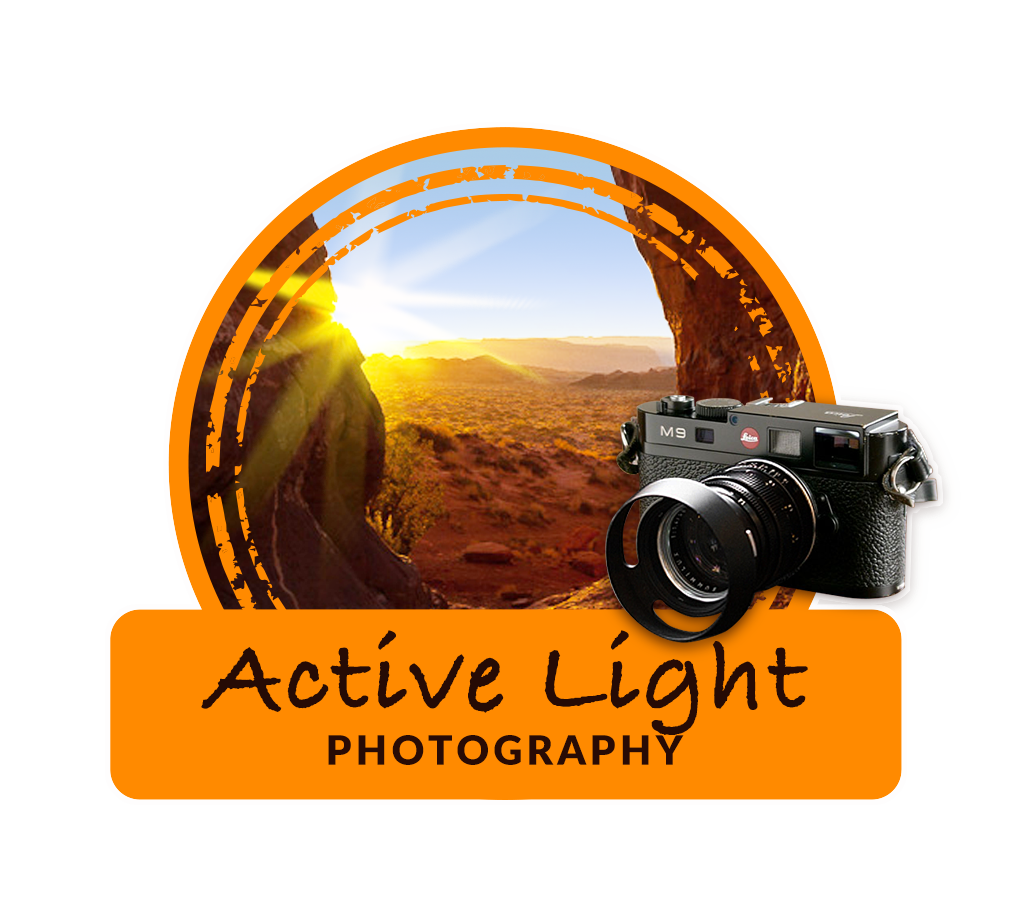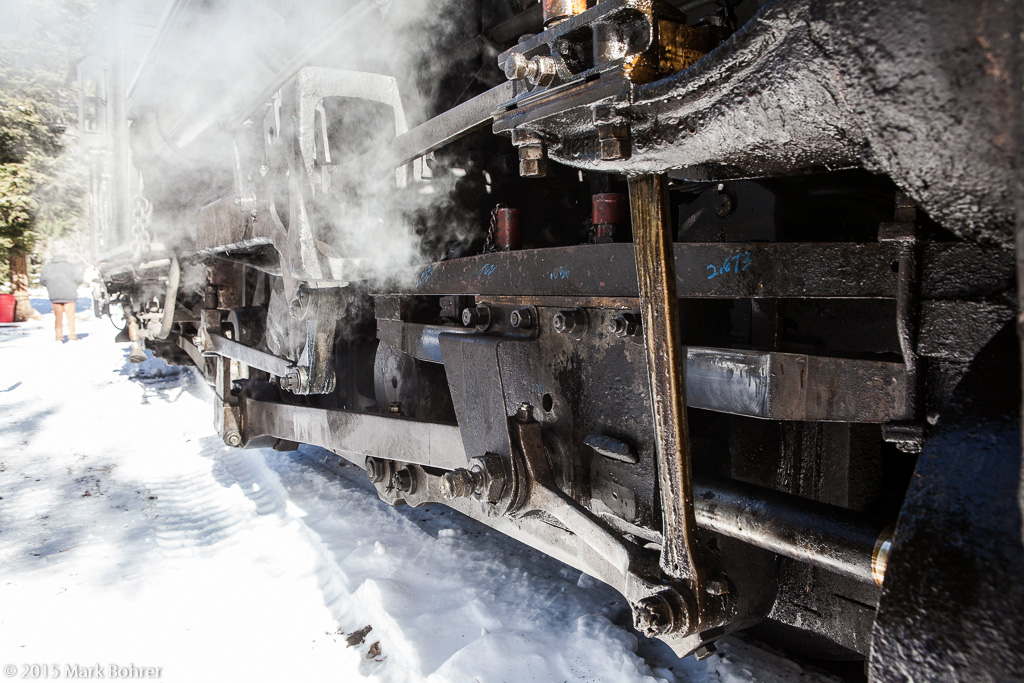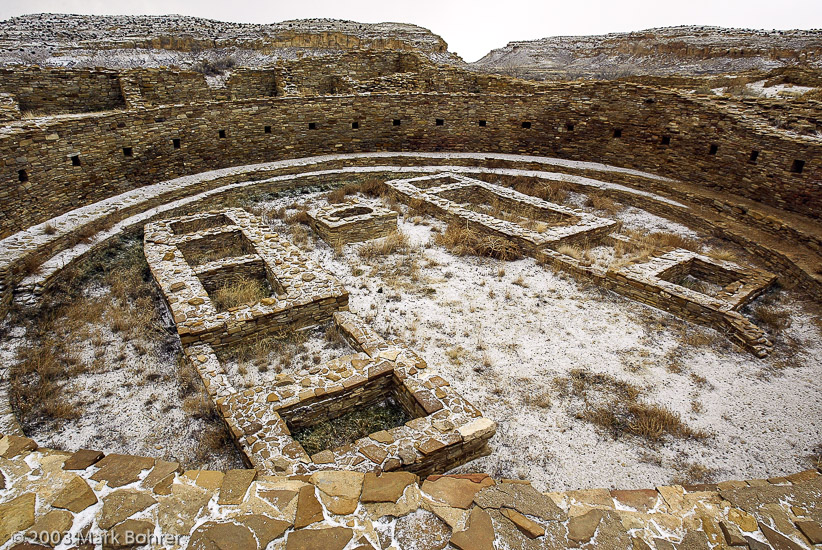Snow Photography– If you’re living in the western U.S., you’ve probably received some of the white stuff already. You want to go outside to take pictures in it. But the snow in all those pictures looks kinda grey, not the sparkling, vibrant white you remember. This might be normal with Chicago’s dirty late winter snow, but not with fresh stuff. What happened? 18% GreyIt’s your camera’s fault. Your brain renders everything in perfect contrast and color, based on a system it developed over the last hundred thousand years or so. Unfortunately, your camera was designed by engineers with just a few decades of experience. They’re still adhering to metering standards from the last century. The main one is that every light meter, handheld or in-camera, reads a scene as 18% grey. If your scene has a lot of white snow in it, your camera wants it grey, so that’s the exposure it gives you. Patterned metering on recent cameras may handle snow better, but some winter pictures may still need help. Set your camera to overexpose the scene by 2/3 to 2 full stops.Digital cameras give you great instant feedback for this – you can see the effect of your exposure right away on the camera’s LCD. I usually shoot in aperture priority mode – Av on Canon cameras. I select exposure compensation to +0.66 or +1, depending on what looks most like what I saw and liked. With my Leica, I’ll use 1/2 stop or more of overexposure in manual. Especially with older digital cameras, I want to avoid brightening everything in Lightroom later. That will also gain-up digital noise, especially in shadow areas. I may be using higher than normal ISO for dark winter days, which always gives more noise to begin with. Snow Is BlueYou may also notice the snow looking very blue. The white snow reflects bluish daylight quite well, and your camera may be faithfully rendering that color. One way around this is to set your camera for a warmer, manual white balance instead of using auto white balance. A good start for a winter setting might be 5800 degrees. Just remember to set it back to auto white balance when you’re done. The other way to handle white balance is in Lightroom, where you can adjust it to your taste. Shooting in RAW gives you the most flexibility – you can set the actual color temperature number and tint. But you can still adjust white balance with a JPEG (.jpg) file. You just won’t know what the actual color temperature is.
Where To Shoot ItNew Mexico offers some of the best winter photography in the U.S. Snow accents on 900-year-old Great Kivas, rock walls with mysterious petroglyphs rising out of the snow, beautiful skies over gorgeous mountain trails, incredible views from ski runs in dry Rocky Mountain powder – it’s all waiting for you here. Want to see and photograph it for yourself? Contact me at the address below for ruins and ghost town tours plus instruction to get you shooting professional pictures. |
(408) 483-3782
Curious about how to shoot ruins?(408) 483-3782




Recent Comments